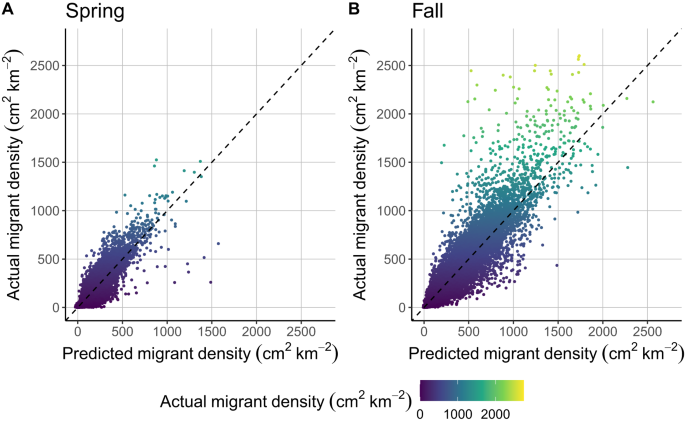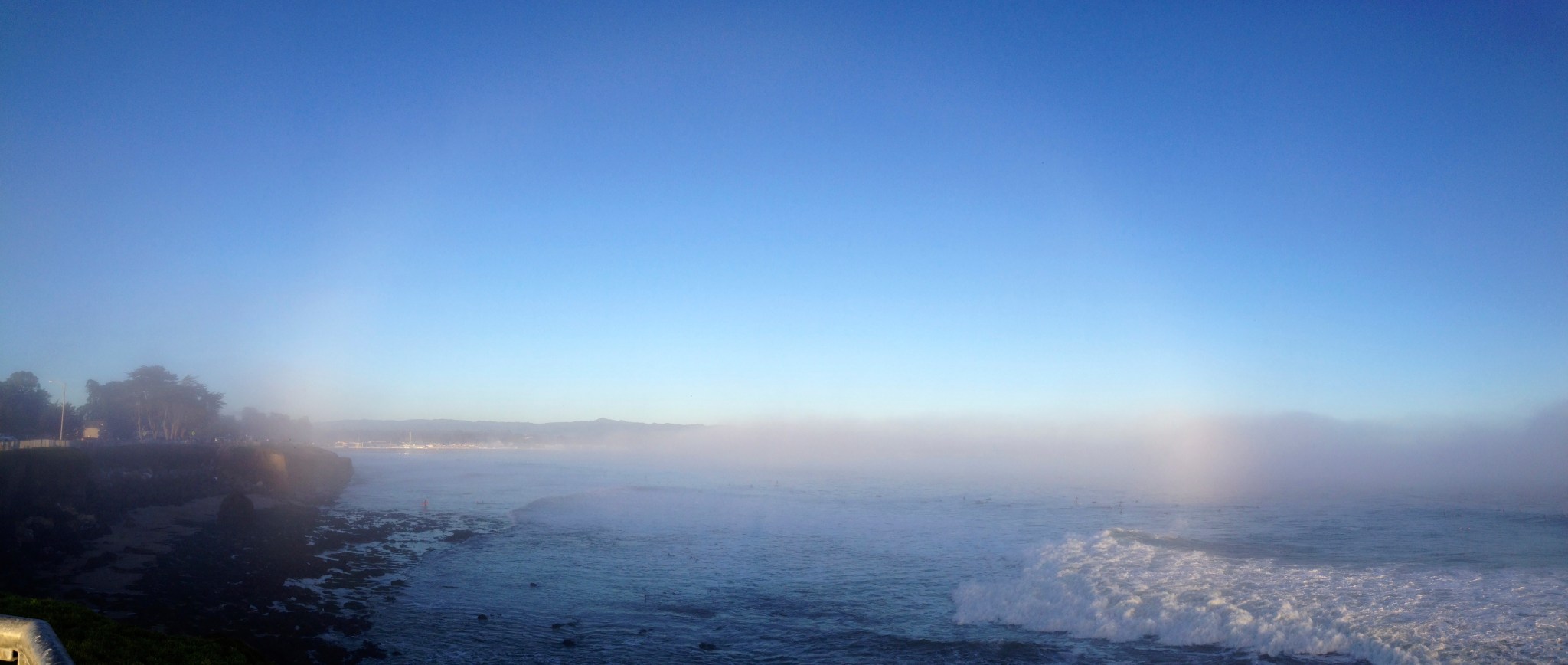2023-12-12 デラウェア大学 (UD)
◆人工光に引き寄せられることで、都市でのビルとの衝突や野良猫などによる死亡リスクが高まり、これが鳥にとって「生態的な罠」となる可能性があります。研究者は、この現象が米国全体で広がっていることを確認し、保全活動において渡り鳥の保護に関する洞察を提供することを期待しています。
<関連情報>
- https://www.udel.edu/udaily/2023/december/bird-migration-artificial-light-nationwide-jeff-buler/
- https://www.nature.com/articles/s41467-023-43046-z
夜間の人工光は鳥の渡りの中継地密度を予測する最重要因子である Artificial light at night is a top predictor of bird migration stopover density
Kyle G. Horton,Jeffrey J. Buler,Sharolyn J. Anderson,Carolyn S. Burt,Amy C. Collins,Adriaan M. Dokter,Fengyi Guo,Daniel Sheldon,Monika Anna Tomaszewska & Geoffrey M. Henebry
Nature Communications Published:04 December 2023
DOI:https://doi.org/10.1038/s41467-023-43046-z

Abstract
As billions of nocturnal avian migrants traverse North America, twice a year they must contend with landscape changes driven by natural and anthropogenic forces, including the rapid growth of the artificial glow of the night sky. While airspaces facilitate migrant passage, terrestrial landscapes serve as essential areas to restore energy reserves and often act as refugia—making it critical to holistically identify stopover locations and understand drivers of use. Here, we leverage over 10 million remote sensing observations to develop seasonal contiguous United States layers of bird migrant stopover density. In over 70% of our models, we identify skyglow as a highly influential and consistently positive predictor of bird migration stopover density across the United States. This finding points to the potential of an expanding threat to avian migrants: peri-urban illuminated areas may act as ecological traps at macroscales that increase the mortality of birds during migration.



